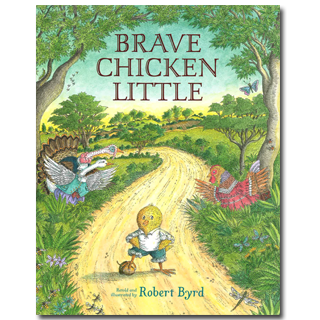
A FEW OTHER EVENTS FOR
AUGUST 28:
- Happy birthday Phyllis Krasilovsky (The Cow Who Fell in the Canal), Allen Say (Grandfather’s Journey), Kevin Hawkes (Library Lion, The Wicked Big Toddlah), and Brian Pinkney (The Faithful Friend; Duke Ellington).
- In 1845 the first issue of Scientific American magazine was published. Read Investigating the Scientific Method with Max Axion, Super Scientist by Donald Lemke, illustrated by Tod Smith.
- In 1961 Motown releases what would be its first #1 hit, “Please Mr. Postman” by The Marvelettes. Read The Jolly Postman by Janet and Allan Ahlberg.
- On this day in 1963, Martin Luther King, Jr. gives his famous “I Have a Dream” speech during the March on Washington for Jobs and Freedom. Reread Martin’s Big Words by Doreen Rappaport, illustrated by Bryan Collier.
August has been designated Get Ready for Kindergarten month, so this month’s Almanac entries focus on books that discuss the kindergarten experience. When I think about what reading heritage all kindergarten-bound children should be familiar with, I think of folklore and fairy tales.
Robert Byrd’s Brave Chicken Little, a variation on the familiar tale, was published earlier this month. In the original, a fearful chicken frets because an acorn falls on its head. The chicken sets out to see the king to warn him, “the sky is falling.” In Byrd’s version, the familiar characters Henny Penny, Duckly Lucky, and Lurky Turkey make an appearance, along with a cast of others, as Foxy Loxy lures the animals to their doom. But in this reimagining of the old chestnut, Chicken Little turns both brave and resourceful, freeing the animals and providing a happy ending. Brave Chicken Little will put a smile on their faces of readers who love seeing new twists on old tales.
In terms of craft alone, Brave Chicken Little can stand beside some of the other hallmarks of folk- and fairy-tale illustration, such as Nancy Burkert’s Snow White or Jerry Pinkney’s John Henry. Byrd draws with the hand of a master, and is a veteran professor at the University of the Arts and the Moore College of Art and Design in Philadelphia. His characterization oozes with life and animation; his illustrations propel the reader forward to turn the pages; his landscapes invite young readers to pore over details.
His attention to words is also superb. Rich language appears throughout the text, such as “Do not dillydally,” “my scrumptious little dears” or “these are my kits, who frazzle my wits.” I cannot wait to use this line with a group of eager listeners during story time, “So Foxy Loxy, Mrs. Foxy Loxy, and Foxy Boxy, Foxy Doxy, Foxy Hoxy, Foxy Moxy, Foxy Noxy, Foxy Poxy, and Foxy Soxy all ran off to tell the king that the sky was indeed falling.”
A fabulous blend of the traditional and the modern, Brave Chicken Little belongs in the library of all those who want to bring our literary heritage to young readers. It reminds us just how satisfying a combination of great art and text can be when united in the pages of a picture book.
Here’s a page from Brave Chicken Little:
Originally posted August 28, 2014. Updated for .














This looks like a great new treasure-find to me, and I now have an advance hold on it at the library.
Thanks Lady Anita!